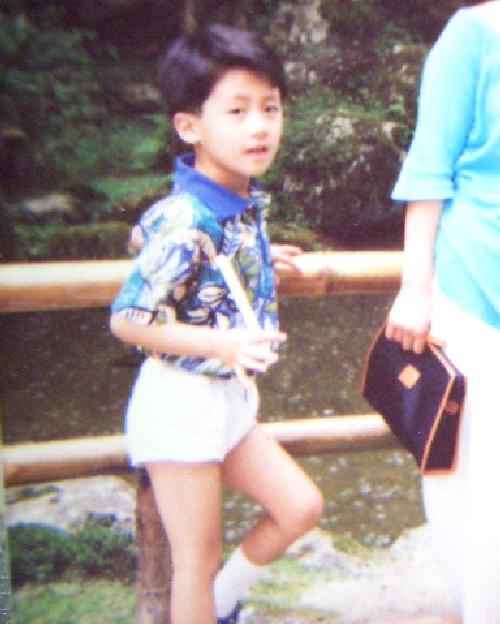
Figure 1.--This Japanese boy is on an outing to a park with his mother. We wears casual clothes with a kind of dressy look.


Figure 1.--This Japanese boy is on an outing to a park with his mother. We wears casual clothes with a kind of dressy look. |
With the post-war economic boom, parents had significantly expanding incomes. This meant money for consumer purchases on a level that was not previously posdible. Japanese mothers began lavishing their rising spending powerr on their children, including clothing for their children. Japanese children began acquiring substabntial wardrobes for both dress and casual wear. Many boys had suits, but they were not as commonly worn as in Europe and America. More common was a kind of dressy casual look.
After World War II as part of the increased Western influence, it was
common to buy boys a suit for dress occasons. Elementary age Japanese children through the 1980s commonly, but not always, wore short short pants, although usually not suits. It was common, however, to buy a boy a suit for his first day of school. Japanese boys continued to wear short pants at a time they were becoming less common in American and even Europe. After the mid-1960s short pants suits were not commonly worn in America and were becoming less common in Europe. British boys continued to wear short pants uniforms with blazers and suit jackets, but after the 1960s older boys rarely wore short pants suits. Japanese boys commonly wore short pants suits as late as the 1980s, through about 11 years
of age. At about 12 when boys left elementary school, they would begin wearing long pants suits. While many Japanese boys had suits, they were not as commonly worn as in Europe and America. More common was a kind of dressy casual look.
Boys tended to play in the same style of short short pants that they
wore to school, but with more variety of colors and more casual shirts. Japanese casual clothes often had a dressy look to them and were worn in relatively formal settings. Both knee socks and ankle socks were worn for play, almost always with tennis shoes. Japanese boys did not wear the
jeans and "T" shirts
worn by American boys. The play clothes worn by Japanese boys was often more colorful than
that worn by American boys. Often Japanese children wore bright reds,
yellows, and greens. White knee and ankle socks were often woirn with
wite tennis shoes. Some times colored knee socks, even brightly colored
ones, were worn matching the color of their short pants.
Navigate the Boys' Historical Clothing Web Site:
[Introduction]
[Activities]
[Biographies]
[Chronology]
[Clothing styles]
[Countries]
[Bibliographies]
[Contributions]
[FAQs]
[Glossary]
[Satellite sites]
[Tools]
[Boys' Clothing Home]
Navigate the Boys' Historical Clothing Japanese pages:
[Return to the Main Japanese postwar page]
[Return to the Main Japanese page]
[Choirs]
[Department store catalogs]
[Monarchy]
[Music recitals]
[Scouts]
[School uniforms]
